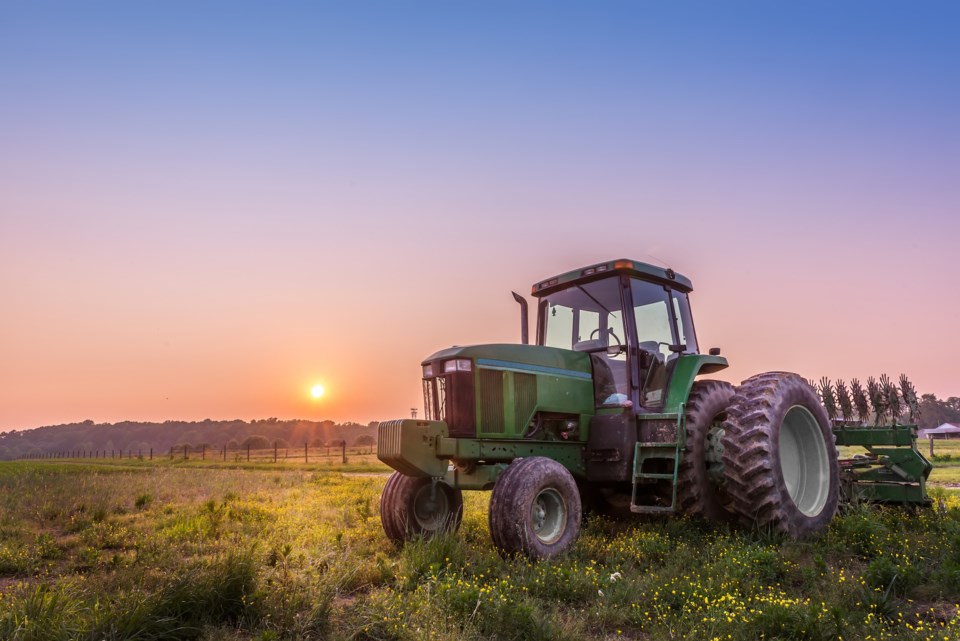This article, written by Zia Mehrabi, University of British Columbia and Navin Ramankutty, University of British Columbia, originally appeared on The Conversation and appears here with permission:
Crop failures are an important cause of food price spikes, conflict and food insecurity. The likelihood of local crop failures being catastrophic at the global level is exacerbated when they happen at the same time — that is, when our agricultural systems become more synchronized.
In a paper in Nature Ecology and Evolution, we show that while some crops such as maize and soybean have become less synchronized in recent decades (a seemingly good news story), the synchronization of production between crops increased overall. This has, in turn, destabilized our total global calorie supply.
Our analysis calls for governments to think about ways agricultural policies on trade, land reform, farm distributions, and cropping choice, may affect the stability of the food system as a whole, beyond locally focused efforts to increase resilience in production.
Synchrony is bad news
Sometimes it’s amazing to watch things move in synchrony. Like in synchronized swimming, or in a dance routine, or when an orchestra plays in concert. In nature, synchrony can be incredible to watch, like when starlings move together in a murmuration, or when large numbers of fish school. While most of the time synchrony can be an awesome spectacle, when it comes to agriculture it is bad news.
In our analysis, we found that many of the largest global crop failures on record were marked by increases in synchrony. Examples include: when maize production dipped by 20 per cent in 1983, soybean production dipped by 14 per cent in 1976 and rice production dipped by eight per cent in 2002.
While these relationships may seem intuitive, our research quantified the degree to which things became synchronized under the historical record. Moreover, we also found that when production became more unstable globally, it didn’t necessarily arise from agricultural systems becoming more unstable locally. That is, local production sometimes became more stable, but global instability continued to rise (notably for soybean between 1961-68, and rice between 1969–76) — because synchrony increased.
Possible solutions
There are essentially two ways we might mitigate the losses brought by synchronous failure of crop production: either raise average production of crops or reduce the volatility in crop production locally. Raising average production can be done, for example, through yield gap closure, or yield ceiling raising. Reducing the volatility in local crop production can can be done, for example, through implementing climate smart cropping systems or developing technological infrastructures such as irrigation to resist environmental stressors.
We explored the extent to which these mitigation strategies might help offset the risk of a complete synchronized failure event. Remarkably, we found that we’d need to raise average production of breadbaskets by three to five times to counter the losses, and that closing yield gaps in places with low production was unlikely to work at all within any sensible ranges.
Moreover, we found that even if we reduced the variation in production locally everywhere on the planet, we’d need to do it by a factor of 10. That’s a lot to ask from better irrigation and climate smart crops. In other words, while different mitigation strategies worked in different ways, the options for solving synchronized failure events seem quite limited.
Outlook
The obvious thing to prevent major global crop failures would be to ensure different growing areas do not synchronize their production in the first place. But our current handle on the role of markets, climate and how much leverage humanity has on synchrony in food production is currently still very poor. Can we better design our food systems to be less synchronous? And what role do climate, market distortions, free flow of information on prices, trade, land reform, and changes in farm sizes, distributions, numbers, cropping choices, and crop diversity play?
Many of these are open and unanswered questions that our study was unable to answer. But there is one thing we can say: synchrony matters. Our study shows that if we care about stabilising the supply of food globally, then we need to start thinking about food systems as a whole, rather than in isolated parts.![]()
- Zia Mehrabi, Research Associate, University of British Columbia and Navin Ramankutty, Professor, University of British Columbia
This article is republished from The Conversation under a Creative Commons license. Read the original article.
